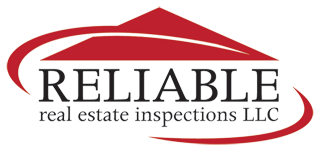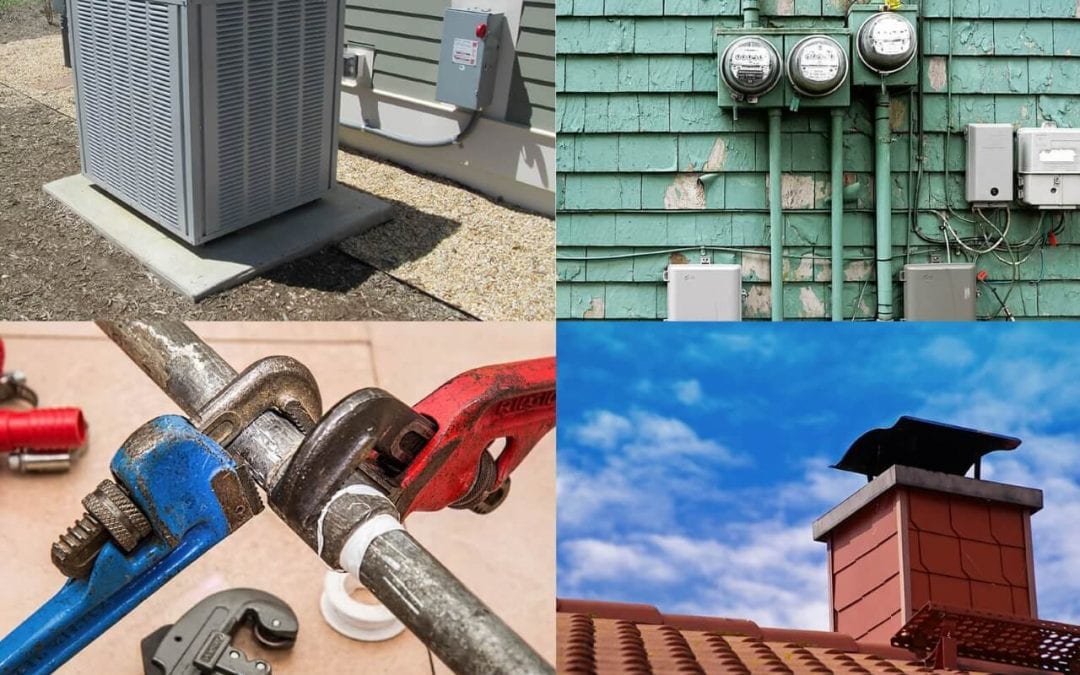Do you own an older home or are you about to buy one? If so, you may be required to get a 4-point inspection to obtain homeowners insurance. Here are answers to commonly asked questions about the 4-point home inspection.
What Happens During a 4-Point Inspection?
You’ll hire a professional home inspector to complete the assessment. Here is what your inspector will look at during the inspection.
Electrical system: The insurance company wants to know what kind of wiring the home has. It’s possible you’ll have issues getting insurance or renewing a policy if your home has aluminum, copper, or knob-and-tube wiring. These types of wiring are fire hazards, and insurance companies aren’t as willing to cover risky components. You’ll want to budget for upgrades if the wiring system affects your insurance eligibility.
HVAC (heating, ventilation, and air conditioning): Does the home have central air and heat? What is the condition and age of each unit? The inspector notes any signs of damage, like leaks. While every insurer is different, be prepared to be denied by some companies if the home doesn’t have central heat and air.
Plumbing system: The inspector examines the plumbing system for any signs of damage or the likelihood of future problems. Polybutylene plumbing is one type that may be denied by insurance carriers because it is susceptible to bursting.
Roof: Insurers want to know how old the roof is, its overall condition, and what type of material was used to build it. Generally speaking, carriers don’t want to insure a roof that is at the end of its lifespan. Younger roofs can still be denied if there are water leaks or obvious damage.
Does the 4-Point Home Inspection Affect Insurance Premiums?
A four-point inspection doesn’t change how much your coverage costs. The only thing that is determined during this process is whether or not the insurer will provide full or partial coverage on the house.
What Happens If the Home Fails?
It’s possible that insurance coverage will be denied if the inspection report reveals flaws. Some common reasons why insurers refuse to insure older houses include damaged roofing, certain electrical panel brands, an aging water heater, hazardous wiring, and polybutylene plumbing pipes. Sometimes a carrier will provide coverage but exclude certain components.
If your home doesn’t meet the requirements of the insurance company, you can either fix the problems or see if a different insurance carrier will provide coverage. The most effective option is to get the problem areas repaired. Not only will it help you secure the insurance you need, but it will also make your home safer and more efficient.
Who Pays for a 4-Point Home Inspection?
The homebuyer pays for this relatively inexpensive service that provides valuable information about the home. You can select any licensed home inspector who offers these types of inspections.
Reliable Real Estate Inspections offers home inspection services, including 4-point inspections. Contact us to schedule an appointment.

